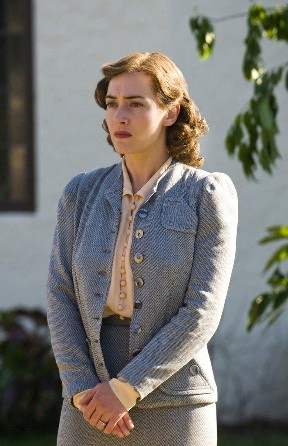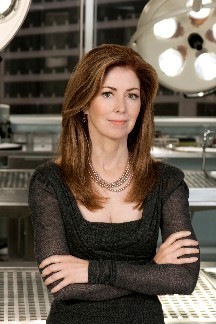 One of Britain’s most popular series is a Danish thriller that is the antithesis of a cop show.
One of Britain’s most popular series is a Danish thriller that is the antithesis of a cop show.
No car chases. No explosions. No serial killers. Cops make mistakes. A crime isn’t solved within an hour.
The show is The Killing and this 20-part subtitled series has been a hit in Britain for the past four years mainly because its action unfolds slowly and deliberately, drawing in the viewer. Friends in Europe claim The Killing it is as addictive as HBO’s The Wire. For the record, the series originally was broadcast in Denmark under the name Forbrydelsen.
Americans will finally get a chance to see what all the fuss is about when AMC’s 13-week version of The Killing debuts at 9 p.m. on April 3. Yes, this is the Americanized version so the dark tone will be a bit uplifted, but not by much. Remember, this is AMC, home of the deliciously dark series Mad Men.
AMC had kept the action low-key, the atmosphere moody, and the emotion tapped-down. Like the original, each hour of AMC’s version will stand in for an entire day but the setting is now Seattle instead of Denmark. If that makes you remember the haunting Twin Peaks, I doubt it’s just a coincidence.
Homicide detective Sarah Linden (Mireille Enos) is ready to leave the job to get married. She's a single mom, ready to leave Seattle and move to Sonoma with her child and her soon-to-be husband. But on her last day of work, she is drawn into a new case about the disappearance of a teenage girl, Rosie Larsen. Mitch and Stan Larsen frantically try to track down their 17-year-old daughter when they learn she did not show up at school. The case leads Sarah and fellow detective Stephen Holder (Joel Kinnaman), who was to be her replacement, to Rosie’s school. The teenager’s disappearance also may affect the re-election of City Councilman Darren Richmond (Billy Campbell).
The Killing’s quiet, thoughtful approach makes the investigation nightmarishly unnerving and utterly compelling. This is television to savor.
The Killing will air on Sundays at 9 p.m. EST on AMC.
PHOTO: Detectives Stephen Holder (Joel Kinnaman) and Sarah Linden (Mireille Enos) in The Killing. AMC photo

 To most mystery fiction readers, James M. Cain remains one of the classic noir authors. His novels are still considered a major part of the crime fiction canon.
To most mystery fiction readers, James M. Cain remains one of the classic noir authors. His novels are still considered a major part of the crime fiction canon. The real proof in the new medical examiner drama Body of Proof, which from a special preview looks like a run-of-the mill series, may not be in the plots, but in the appeal of Dana Delany.
The real proof in the new medical examiner drama Body of Proof, which from a special preview looks like a run-of-the mill series, may not be in the plots, but in the appeal of Dana Delany.
